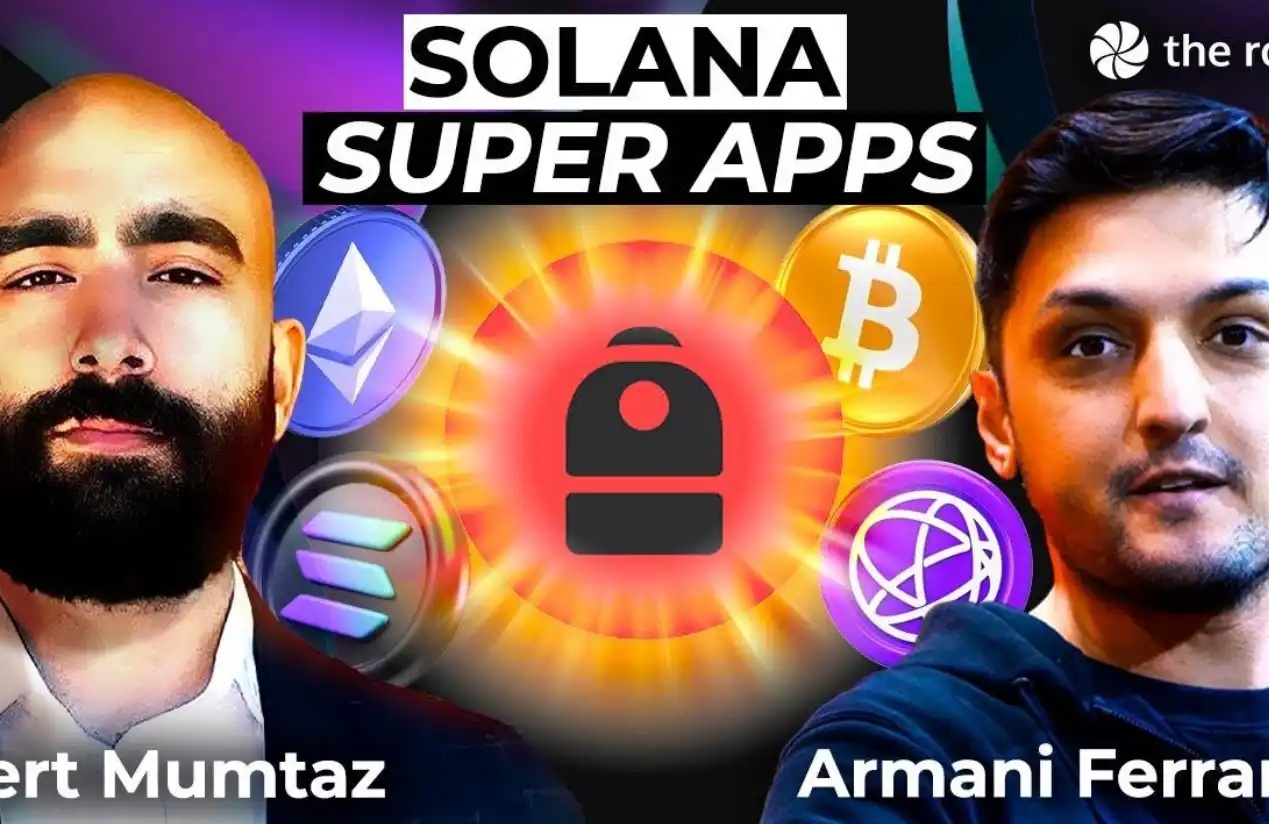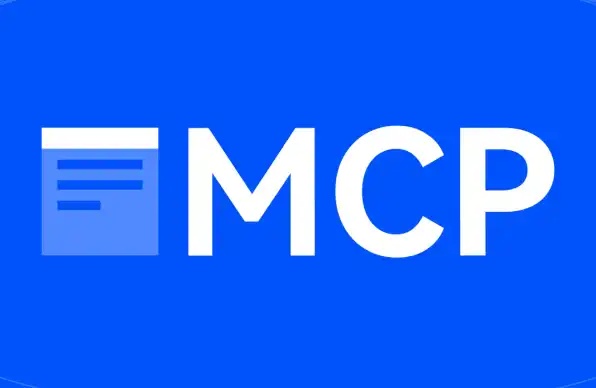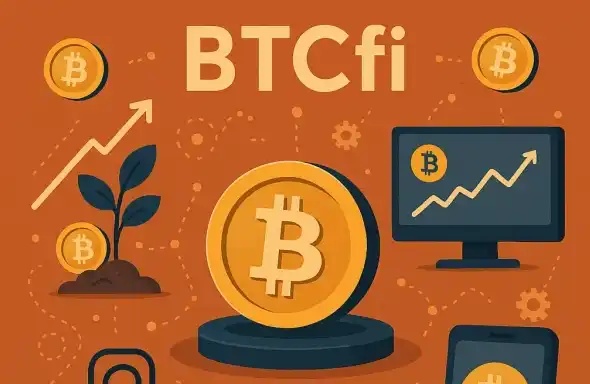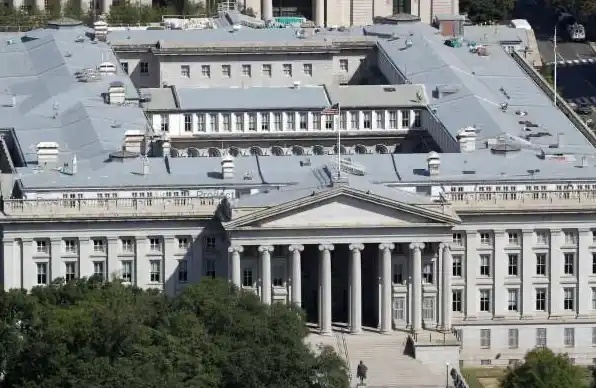Stablecoins and PayFi Leadership: Decoding the New Trend of RWA and Future Blueprint
Original Article Title: "WOO X Research: Can RWA Become the Next Wave of Wealth Growth?"
Original Source: WOO X Research
Narrative:
RWA (Real World Assets), literally translated as real-world assets. Its value lies in bridging traditional assets with the web3 world to digitize real-world assets, enabling the efficient use or deployment of real-world assets (such as real estate, artwork, etc.), and enhancing asset liquidity. With the combination of RWA and blockchain technology, RWA can overcome geographical restrictions. Regardless of geographical location, currency system, or other influencing factors, through this combination, users can easily complete transactions or other asset utilization. When RWA is mentioned, people often think of real estate, stocks, and so on. However, from the perspective of RWA tokenization's basic characteristics, stablecoins also belong to the RWA track. It seems like RWA is closer to us. This is another narrative of RWA, namely "inclusive," which can enable investors who do not have enough capital to enter high-value markets to indirectly invest in high-value markets through investment in corresponding high-value RWA tokenized products.
What Lies Ahead?
In the past year, the overall TVL of RWA has shown a fluctuating upward trend. In this cycle, RWA, AI, MEME, and others are relatively popular tracks. RWA has always been one of the more focused tracks.

Image Source: https://defillama.com/protocols/RWA
In the future, RWA will likely continue its trend, and the integration of RWA and DeFi tracks may attract more and more investors' attention. In fact, high-value assets such as real estate and commodities face settlement difficulties in transactions, and each country has different laws and regulations. Most likely, projects related to such high-value assets will be constrained in development due to these two aspects of implementation and regulation. Therefore, for projects of this kind in the RWA track to achieve better development, it is essential that progress is made in PayFi, cross-border settlement regulation, and RWA asset proof, rather than relying mostly on third parties in various locations for settlement or verification.
In addition, the RWA project related to stablecoins is relatively stable. Basically, the mainstream market may still be dominated by the U.S. dollar, with the euro following. However, in the future, this type of project may see country/region differentiation, where "investors from a certain country/region mostly choose a particular stablecoin." In this case, stablecoins with local regulatory licenses can seize the market early. The last type, which is also expected to be a major trend in the future, is that stablecoins anchored to bonds, securities, stocks, or funds and other assets may see more products and projects in the future. The reason is that, as mentioned earlier, settlement and regulatory aspects have better advantages than assets such as real estate. However, this type of project may only generate a significant wave of economic benefits in the early future if institutions with some influence in the traditional financial world (such as BlackRock) participate in related projects. Following that, projects involving institutions/organizations with more influence in the web 3 space may develop more community-oriented RWA projects.
Projects
Here is an overview of recently funded projects, presented from an objective perspective for discussion purposes.
OpenTrade
OpenTrade was founded in late 2022 and is based in London, UK. Its investors include a16z CSX, Circle, Draper Dragon, CMCC Global, Ryze Labs, Polygon, and Kronos Ventures, among others. The current total funding amounts to $8.7 million.
It currently offers four products:
1. U.S. Treasury Bond Vaults: Term-based; USDC returns with fixed terms and rates, backed by U.S. Treasury Bonds;
2. USDC Vault: Instant-access; variable USDC returns backed by short-term U.S. Treasury bonds, money market funds, and other cash equivalents;
3. EURC Vault: Instant-access; variable EURC returns backed by euros and short-term euro bonds, money market funds, and other cash equivalents;
4. Fees+ Vault: Term-based; backed by investment-grade corporate bonds, commercial paper, emerging market bonds, etc.
Utilizes the Vault token as a metric in accounting and other operations.
USUAL-Government Bonds
It has raised a total of $8.5 million and is a Binance Launchpool project.
Overall, it revolves around three types of tokens:
1. USD0: This is a stablecoin backed 1:1 by Real World Assets (RWA), is permissionless, and fully compliant, aggregating various U.S. Treasury token types.
2. USD0++: It is an enhanced U.S. Treasury token that locks the principal in USD0 as collateral, using USUAL as an incentive.
3. USUAL is its governance token.
Tokenomics: Total supply of 4 billion tokens, with an initial circulating supply percentage of 12.37%.

Image Source: https://docs.usual.money/usual-products/usual-governance-token/usual-tokenomics/distribution-model
Token distribution is as follows:

Huma Finance
Currently raised a total of $46.3 million. Overall, it is a PayFi lending project. The recent funding round includes $10 million in equity investments and $28 million in Huma platform real asset investments. Distributed Global led the investment, with participants like Hashkey Capital, Folius Ventures, Stellar Development Foundation, etc. Merged with Arf on April 17, 2024, focusing on real-world asset tokenization-related PayFi.
Contributor to the Huma Points tracking protocol. Currently offering cross-border payment financing, credit cards backed by digital assets. This is achieved through various liquidity pools, such as the Arf-Cross-Border Payment Financing Pool (based on instant settlement using USDC, streamlining cross-border payments); Rain Accounts Receivable Pool (assisting entities like DAOs in managing expenses through payroll card); Jia Vanguard Fund Pool (providing decentralized financing to small businesses, rewarding borrowers who repay with ownership. Essentially, "small business credit") and other liquidity pools to facilitate cross-border payment financing.
This article is contributed content and does not represent the views of BlockBeats.
Welcome to join the official BlockBeats community:
Telegram Subscription Group: https://t.me/theblockbeats
Telegram Discussion Group: https://t.me/BlockBeats_App
Official Twitter Account: https://twitter.com/BlockBeatsAsia
 Forum
Forum OPRR
OPRR Finance
Finance
 Specials
Specials
 On-chain Eco
On-chain Eco
 Entry
Entry
 Podcasts
Podcasts
 Data
Data

 Summarized by AI
Summarized by AI







